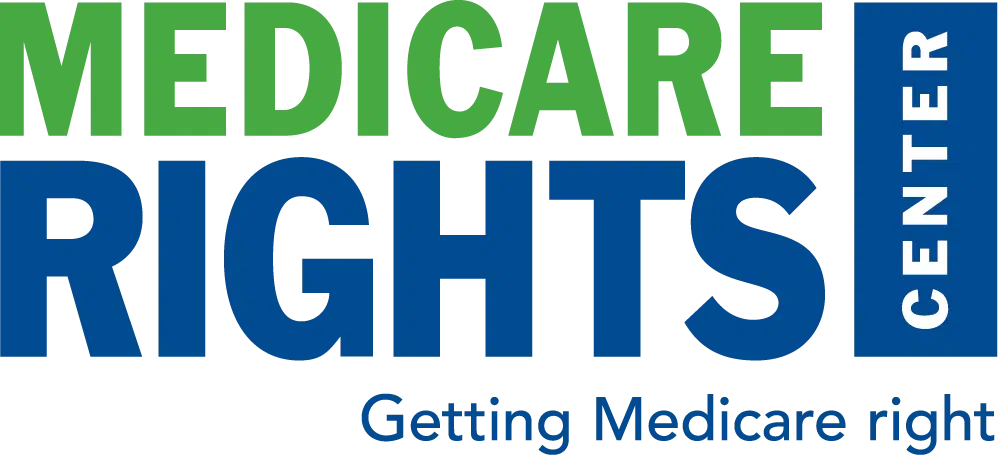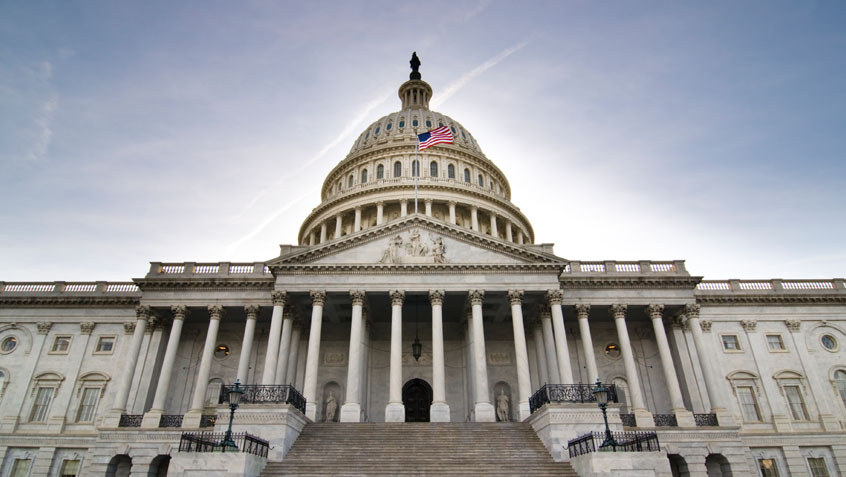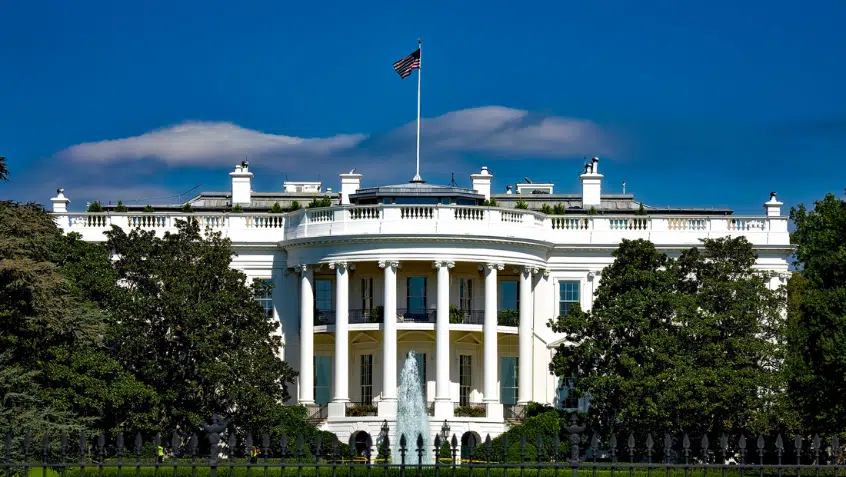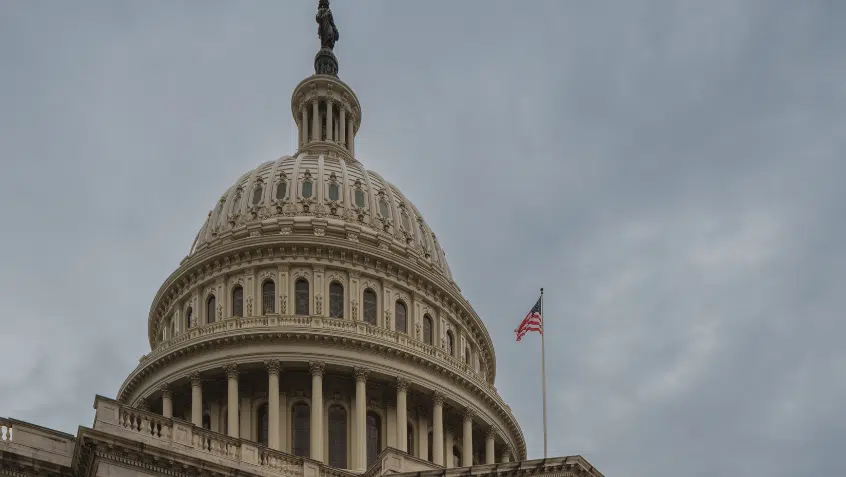HHS Announces Sweeping Cuts That Threaten Access to Critical Services
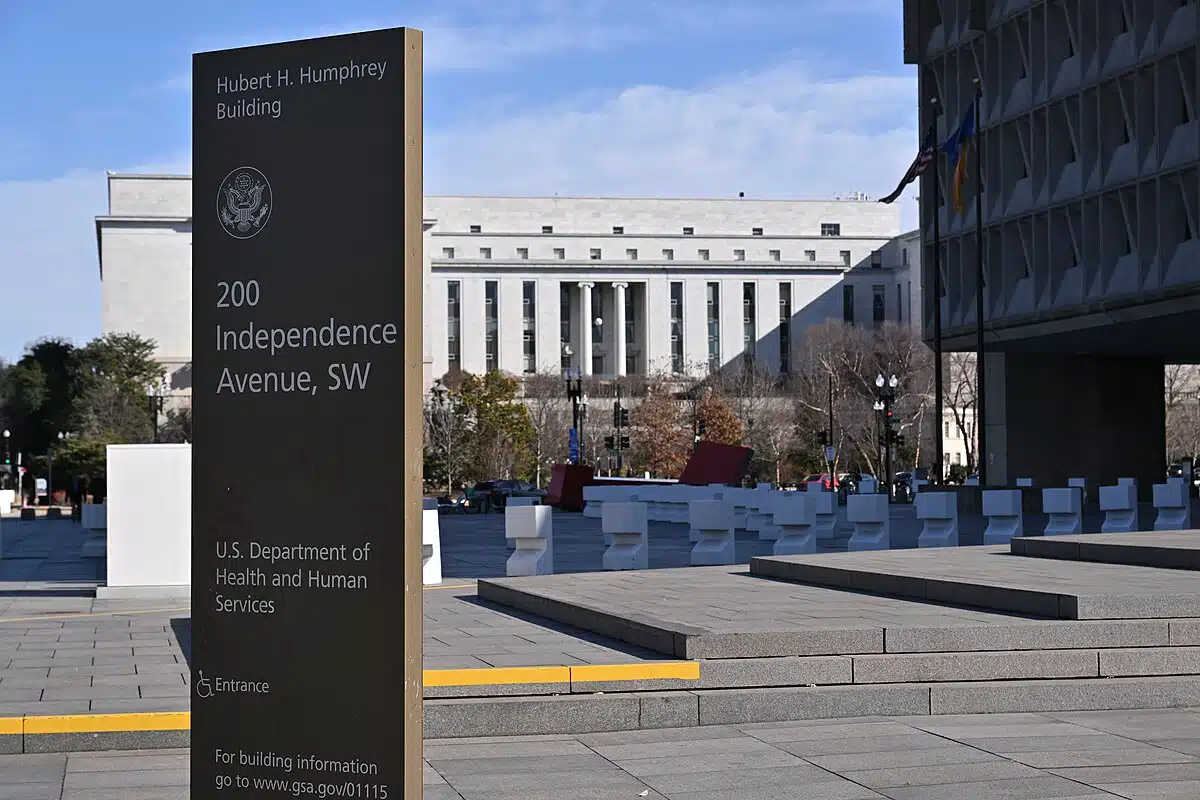
Earlier today, the U.S. Department of Health and Human Services (HHS) announced an alarming plan to shrink and restructure the agency in ways that would put access to critical services and supports at risk for millions of Americans. The plan continues DOGE’s ongoing efforts to advance the Trump administration’s agenda of making significant cuts across the federal government.
Mass Layoffs, Office Closures, and a Radical Restructure at HHS
Among the troubling initiatives are:
- Mass Layoffs: 10,000 additional HHS employees would lose their jobs under the overhaul. The agency notes that when combined with other recent workforce reduction efforts, these firings would result in a total agency downsizing of 20,000 people—”from 82,000 to 62,000 full-time employees.”
- Reducing HHS Access Nationwide: HHS intends to close half of its regional offices, reducing the total number from 10 to five and severely eliminating access to agency personnel across the country.
- Changing Critical HHS Functions: HHS wants to establish a new Administration for a Healthy America (AHA). It would consolidate multiple, disparate agencies and focus on areas including “Primary Care, Maternal and Child Health, Mental Health, Environmental Health, HIV/AIDS, and Workforce development.” Similarly, a new Assistant Secretary for Enforcement would oversee the Medicare Hearings and Appeals (OMHA) and Office for Civil Rights (OCR) “to combat waste, fraud, and abuse in federal health programs,” a potentially sharp departure from their current portfolios.
- Dismantling the Administration for Community Living (ACL): According to the release, “critical” ACL programs would be “integrated into other HHS agencies, including the Administration for Children and Families (ACF)…and the Centers for Medicare and Medicaid Services (CMS).” HHS claims this approach would “not impact Medicare and Medicaid services,” but it would certainly affect programs on which those enrollees rely.
While details are still coming into view, what we know so far is extremely concerning. It is simply impossible to make changes of this magnitude without impeding access to services and supports for older adults and people with disabilities. Claiming otherwise is either naïve or intentionally misleading—and is certainly reckless.
Questionable Justifications Undermine Reorganization Plan
In addition to the plan being disruptive, the justifications are inadequate. HHS claims the reorganization will “improve Americans’ experience with HHS.” However, as we have seen with the DOGE cuts to Social Security, gutting staff and capacity has the opposite effect. Imposing more of the same at HHS will only make it harder for more people to get the help they need to live with independence and dignity. Absent these vital interventions, their health is likely to worsen, ultimately increasing taxpayer burdens as they either turn to Medicaid, become eligible for Medicare, or both. Here too, reality runs counter to HHS’s view, this time that the changes will “lower taxpayer costs.”
Demographic Trends Highlight the Need for Stronger Community Supports
As explained in the FY 2025 Congressional Budget Justification, ACL “exists to make it possible for older adults and people with disabilities to live and participate fully in their communities.” The agency touches millions of lives each year, and demand already outpaces capacity amid recognition that community living is often preferable and cost-effective.
Demographic shifts further underscore the agency’s importance, now and in the future. The U.S. population over age 60 is projected to reach 94.7 million in 2035 (up from 78.9 million in 2022), and one in four—over 70 million—adults reported having a disability in 2022. By 2035, those at the greatest risk of nursing home admission—people 65 and older with significant disabilities—is projected to reach 6 million. Now is the time to bolster, not undercut, ACL’s ability to serve the public.
At the Medicare Rights Center, we strongly urge HHS to retract its ill-fated plan. Making the federal government more efficient is a worthy goal that deserves thought, deliberation, and transparency.
Further Reading
Read the HHS press release.
Medicare Rights statement.
The Latest
Most Read
Add Medicare to Your Inbox
Sign up to receive Medicare news, policy developments, and other useful updates from the Medicare Rights.
View this profile on InstagramMedicare Rights Center (@medicarerights) • Instagram photos and videos
